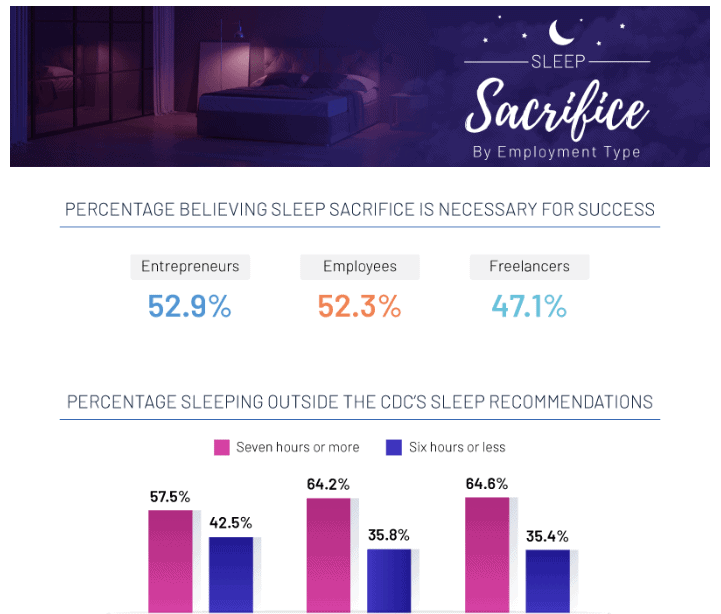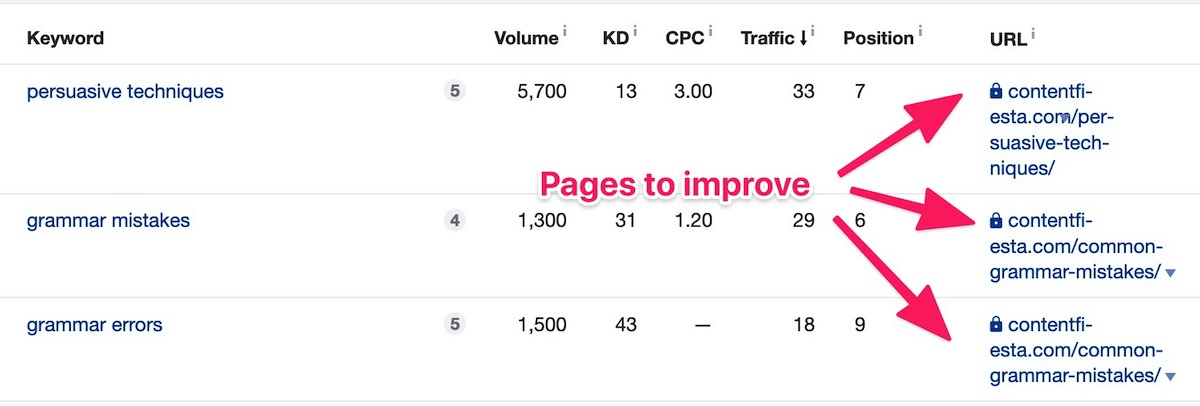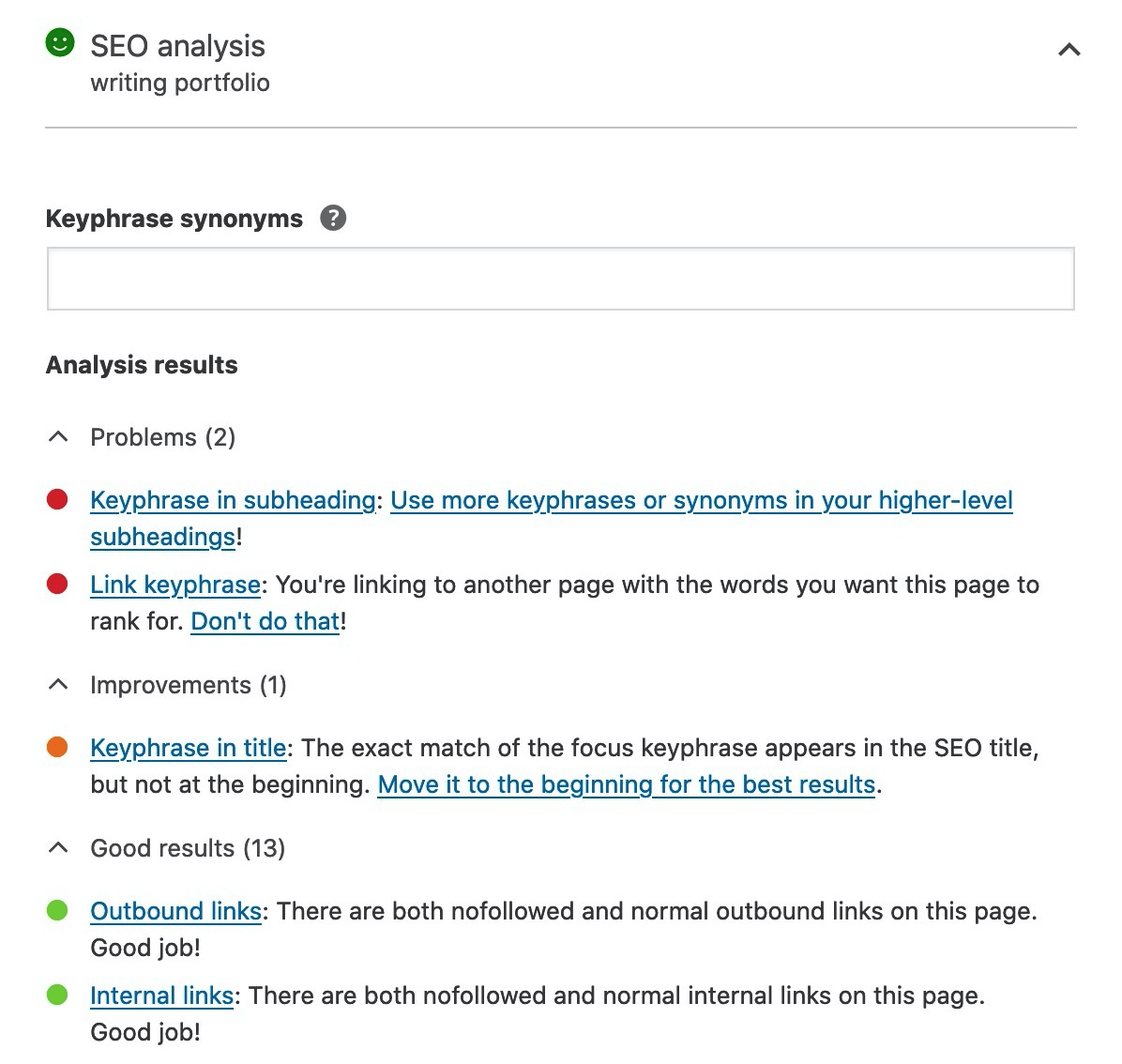Marketers love to talk about the importance of publishing new content. The idea they repeat says that the more content you create, the more you can grow your website traffic. This is a simplistic idea that overlooks one key factor in the formula for growing any website: the content you have already created.
If you have published at least a dozen articles in the life of your WordPress site and you keep posting content regularly, you need to stop and rethink your content strategy. There’s a lot you can do to grow your website without publishing new content.
Here are five tactics you can implement right away to increase your web traffic with your existing content.
Update It

If you have published content in the past few years, you are sitting on a (figurative) gold mine as it can be used to attract more traffic easily. All you need to do is update it.
Content gets old. It’s a fact. New practices arise. New technologies are adopted. New events change the way we carry out our lives. You may even change the way you think about a topic, making the old content irrelevant.
What’s more, Google likes fresh content. The Caffeine update, as the company called it, made it clear that new content is better. This applies mostly to news-related content, but it still applies to every website that “refreshes” their content regularly.
Any article that’s over a year old should be on your list for an update. To start, check your WordPress post dashboard for every piece that’s over a year old from the current date.
Re-read each piece as if you were editing someone else’s content. Whenever I read my old content, it feels as if someone else wrote it because of my writing style, my ideas, and my practices have changed.
As you check your old content, consider applying some of the following:
- Add new ideas. Expand on your ideas, especially if they are too short or unclear.
- Delete outdated parts. This is especially true when you have used a statistic or example that’s time-sensitive.
- Add new internal links to newer posts, which helps in your SEO.
A good content example that showcases these tips is the Each Night blog. Their content, though niche, always looks at the topic through different, creative angles and uses a combination of updated statistics, internal links, and stimulating graphics to appeal to readers old and new.

Improve It
When you create a lot of content, you may end up publishing pieces without the effort the topic deserves. Done is better than perfect, but great is better than mediocre, so if you see your old content isn’t as good as it should be, you need to improve it.
The quality of a piece helps to promote and rank that piece. The whole idea of “content is king” is as cliché as it is true—great content often ranks better and gets more shares. That’s why you want to improve the quality of your old pieces.
To start, prioritize the pieces that are already ranking for a search term that’s not in the top five results on Google. Use Ahrefs or SEMrush, and start improving the ones ranking in position six and below.

Use the top 10 results for each of the keywords you want to rank for and check the competitors. What are they doing that your post isn’t? Take notes and use the ideas to improve your content.
Here are some other ideas you can use to enhance your articles:
- Make it longer. Length is often associated with rankings. According to Backlinko, the first page results contain 1,447 words on average.
- Make it more detailed. Add examples, statistics, images, and stories.
- Make it more actionable. Give your readers the tools to use in their lives to get the results you promise.
Optimize It for SEO
A strong SEO strategy is a must for any WordPress site that wants to attract traffic. But you will likely fail to put one in place if all you do is publish new content.
And if you have created an SEO plan where every piece you publish is tied to a keyword, let me tell you: search volumes change—the CPCs change. Search estimations SEO tools provide change. So you need to optimize your WordPress site’s SEO regularly.
To start, run your articles in a site explorer tool, like the ones Ahrefs or SEMrush provide. Check the keywords your articles rank for. If you see that some keywords have low volumes, check if others have higher search volumes or higher CPCs.

Analyze every post that’s not ranking in the top five results and run them on a page analyzer. For your WordPress site, you can use Yoast SEO.
Install the plugin, and add the keyword you want to rank for in it and see what the plugin tells you.

Then, for every post in your list, you want to take action for each issue the plugin finds. Most likely, these tasks will include:
- Adding your keyword in the title tag.
- Adding your keyword and variations of it within your article.
- Adding it to your image’s alt-text.
- Adding internal links pointing to the piece with a suitable anchor text.
If you haven’t created an SEO plan yet, then do it before you do any of this work. Then, repeat the ideas shared above, optimizing your old content for the keywords you find.
Fix Any Grammatical Issues You May Have Ignored
No matter how much traffic you can generate, if your visitors leave your site without doing anything, your traffic is worthless. From the moment they arrive on your website, you want to have to make people stay. To do so, you have to offer them a good user experience.
Your readers should be able to enjoy your piece without being interrupted by ads, pop-ups, or, worst of all, grammar mistakes. A small mistake is easy to ignore, especially if it’s something like the oxford comma. But when an article is filled with grammatical errors, your website looks unprofessional.
In the past, there were no proper tools you could use to find and fix these issues, besides the default grammar checker your browser or Word provided. Nowadays, you have tools like Grammarly, Grammar Checker, and ProWritingAid to help you do this both effectively and efficiently.
All you have to do is add your post in any of these tools, and in a matter of seconds, you can start fixing your mistakes right away.

As a freelance writer, I’m the first one that should be aware of these issues. I shouldn’t write my content with any mistakes. It’s my job to avoid them. But whenever I check the old content I’ve published, I see dozens of silly errors that I’m embarrassed about.
Similarly, you want to run every old piece in Grammarly or ProWritingAid. Then, start fixing every mistake right away. This shouldn’t take you more than ten minutes per article.

After you fix all your grammatical screwups, not only will you improve your writing considerably, you will also provide a great reading experience to all your website visitors.
Promote It Better

The more content you produce, the less time you will have to promote each piece. Any entrepreneur can attest to this reality; that’s why you want to promote every piece you have published.
Start by making a list of all the pieces that rank anywhere between the positions 6 and 100, and whose keywords:
- Have a search volume of 100 or above; and/or,
- Have a CPC of $1 or above.
Your goal is to build more links and increase the rankings for each content piece. One way you can do so is by implementing a broken link building campaign.
When it comes to this tactic, here’s a summary of what you need to do:
- Make a list of ten competing sites in your niche.
- Add your competitor’s sites in a backlink analyzer like ahrefs and check the pages with the most inbound links.
- Filter the results to see the 404 pages. In the case of Ahrefs, that means you have to go to Site explorer > Pages > Best by Links > filter for HTTP 404 errors.
- Make a list of all the sites that link to those pages.
Here’s a more detailed guide on the topic that will help you implement it from start to finish.
Then, you need to carry out an email outreach campaign—that is, an email marketing campaign focused on contacting those people who you want a link from.
To do so, find the people responsible for the sites you found and let them know about the broken link. Research each site to see who’s responsible for managing the content. You can do so by searching the “About” us page or by using LinkedIn.
Then, use a tool like Hunter to find the email address of every contact and GMass to send them an email campaign on a scale. Here’s a helpful template you can use:
Hi [NAME],
I was reading your great piece [ARTICLE], and I found a broken link there where it says “[ADD BROKEN URL ANCHOR TEXT]”.
I’ve recently updated a post on the same subject: [YOUR PIECE URL].
Since you seem to be linking to a broken page, would you be interested in replacing your link with mine?
Best,
[YOUR NAME]
In “article,” you want to add the name of the post and add the link to it. You can do that by using merge tags in GMass, which you can see here.
In the end, you should send a few hundred emails and expect a few links back for each content piece on your list. If you repeat this process for every page that you want to rank higher on Google, you will surely start getting more traffic from your existing content.
Pro tip: as you get deeper and more involved in this process, consider leveraging a tool to manage your content tasks. This will help you stay on top of your game and promote content successfully.
Stop Creating New Content. Start Growing Your WordPress Site!
These five tips prove that you don’t need to create new content all the time. Instead, you have learned you can grow your WordPress site without fresh content. You can optimize the one you have and get more traffic, saving you both time and money in the process.
As you start to work on each of your old articles, you can slowly begin creating newer content. But only after you have tried some of the tactics listed here. Remember: it’s not a matter of publishing content all the time, but making the most of every piece you publish.
Now let’s hear it from you: do you have old content sitting still in your archives? If so, how are you going to use it to get more traffic?
